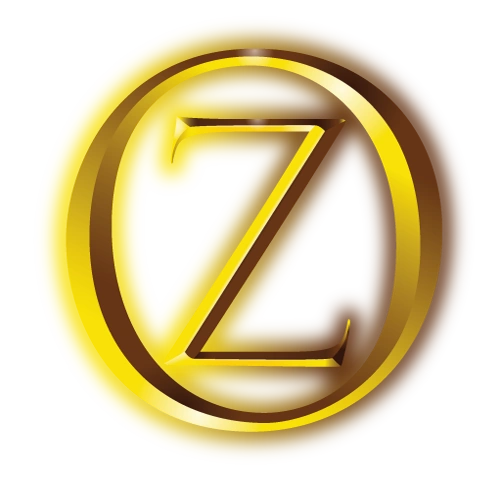Money in Oz is one of those large subjects on which the Oz books give inconsistent and contradictory information. (Compare Death in Oz, and Aging in Oz.)
Baum
Money is clearly present in Oz in the early books of L. Frank Baum. In The Wonderful Wizard of Oz, Nick Chopper needs money to build his fiance a better house (Chapter 5); children in the Emerald City buy green lemonade with green pennies (Chapter 11). Signs of currency and wealth and a money economy occur in the books that follow. The word "money" appears five times in The Marvelous Land of Oz. There is a mention of "money" from Ozma's "royal treasury" in Ozma of Oz (Chapter 20).
Yet by the fifth book, The Road to Oz, money no longer has a place in Oz. As the Tin Woodman puts it in Chapter 15:
- "Money! Money in Oz!...What a queer idea! Did you suppose we are so vulgar as to use money here?.... If we used money to buy things with, instead of love and kindness and the desire to please one another, then we should be no better than the rest of the world.... Fortunately money is not known in the Land of Oz at all. We have no rich, and no poor; for what one wishes the others all try to give him, in order to make him happy, and no one in all Oz cares to have more than he can use."
The next book in the series, The Emerald City of Oz, goes into more detail on the economics of Oz's juvenile matriarchy in its famous Chapter 3:
- "There were no poor people in the Land of Oz, because there was no such things as money, and all the property of every sort belonged to the Ruler. The people were her children, and she cared for them. Each person was given freely by his neighbors whatever he required for his use, which is as much as anyone may reasonably desire. Some tilled the land and raised great crops of grain, which was divided equally among the entire population, so that all had enough. There were many tailors and dressmakers and shoemakers and the like, that made things that any who desired them might wear. Likewise there were jewllers who made ornaments for the person, which pleased and beautified the people, and these ornaments also were free to those who asked for them."
Temporary shortages are made up "from the great storehouses of the Ruler...." In an often-quoted line, Baum concedes, "I do not suppose such an arrangement would be practical with us, but Dorothy assures me that it works finely with the Oz people."
Inconsistencies instantly suggest themselves, however. That Ruler, Princess Ozma, lives in a palace, not a house like the average citizen; Glinda the Good has her own castle too. To say that there are no rich people in Oz is not absolutely correct. And even the Ozian system allows for personal property. Money remains in use in Jinxland, a remote corner of Oz where Ozma's influence barely reaches. (The Scarecrow of Oz)
Later writers
The Oz authors who followed Baum have picked and chosen from Baum's inconsistent indications; some deny the use of money in Oz, and some ignore the matter — but many revert to some form of currency and capitalism. In The Lost King of Oz, Ruth Plumly Thompson gives Kimbaloo a money economy: the Kimbles exchange their national products (buttons and floral bouquets) for the "coins" of their customers. In The Hungry Tiger of Oz, Betsy Bobbin wants to buy strawberries from the peddler Carter Green; when she realizes that she has brought no "money" with her, she pays with an emerald ring (expensive produce).
In The Forbidden Fountain of Oz, Eloise Jarvis McGraw provides her own Ozian currency, "ozzos" and "piozters."
David Hulan remains faithful to a moneyless Oz in his Eureka in Oz — but his story is set in the period of Road to Oz and Emerald CIty, where the evidence for Ozma's matriarchal socialism is strongest. (Perhaps, like some other experiments in socialism, Ozma's cashless regime proved unsatisfactory and was modified over time.)
A survey of the Oz literature shows that money is absent from Mo, the Forest of Burzee, and the Island of Phreex, while currency remains in use in Ev, Ix, the Nome Kingdom (Baum's story "Tiktok and the Nome King" mentions the Nome currency, "specto"), Noland, Pingaree, and other outlying places and remoter locales of Nonestica.
References
- Eric Gjovaag. "Money in Oz! What a Queer Idea!" The Baum Bugle, Vol. 39 No. 3 (Winter 1995).
- Robert R. Pattrick. Unexplored Territory in Oz. Kinderhook, IL, The International Wizard of Oz Club, 1990.
